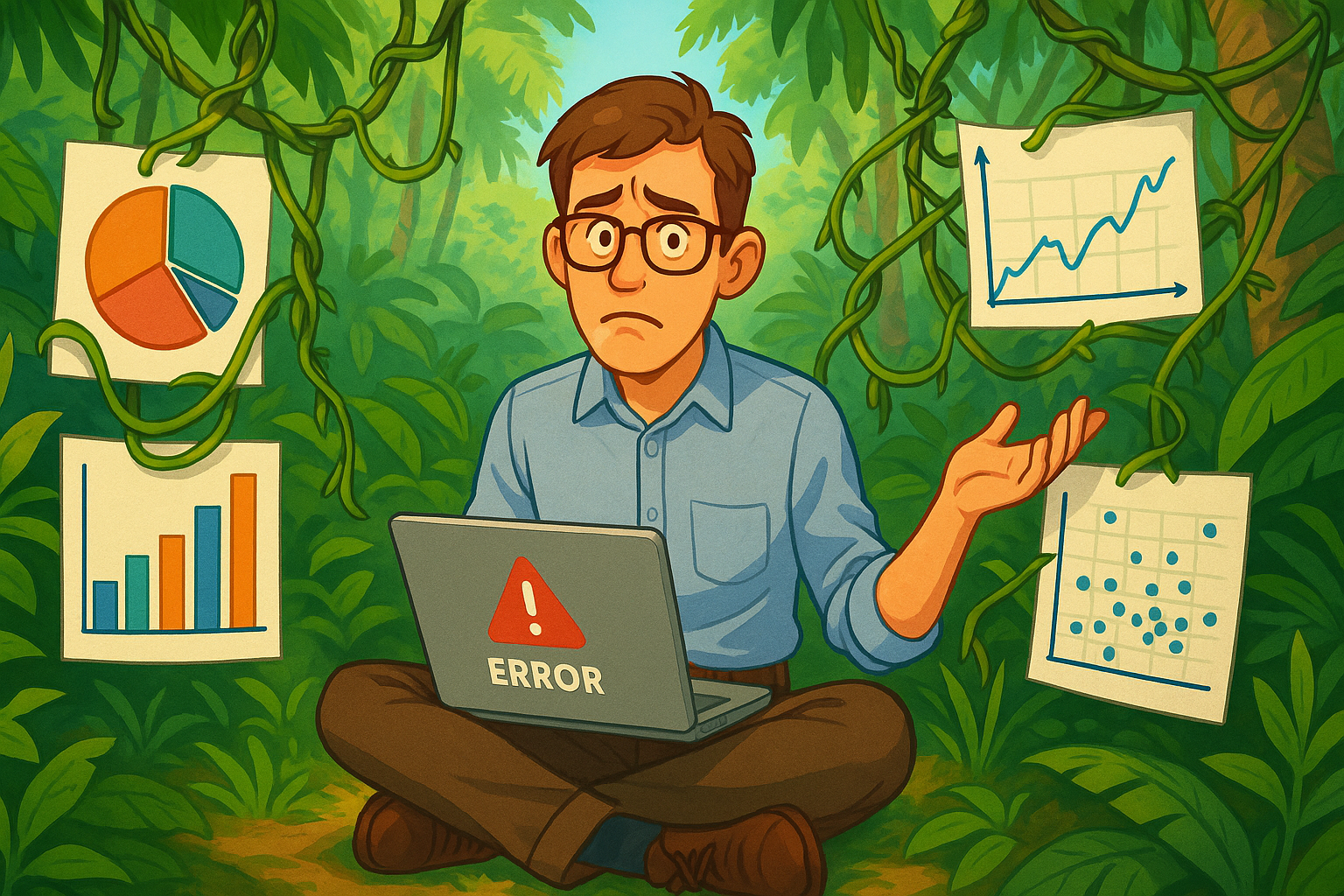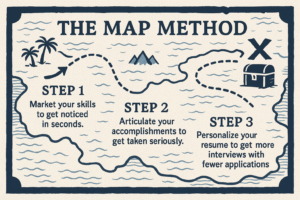
You landed the job. You should be thrilled, except you’re not. Instead, you’re staring at a statistical analysis plan (SAP) that might as well be written in another language, wondering if someone made a mistake hiring you.
Sound familiar?
Welcome to the silent club of entry-level biostatisticians who feel out of their depth in their first real role. The good news? You’re not broken. You’re just experiencing a normal transition. Let’s talk about why it happens and what you can do about it.
Common Challenges in Early Biostats Roles
Even if you’ve aced graduate-level stats or finished a strong internship, the real-world experience can feel wildly different. Here’s what often trips people up:
Lack of Clarity
Projects sometimes come with murky expectations. You might be told to “analyze this dataset” without knowing the end goal, the clinical context, or which methods are appropriate. Suddenly, your clean classroom examples feel irrelevant.
SAP Shock
If you’ve never written or even read a Statistical Analysis Plan before, it can feel overwhelming. You may not know which sections are boilerplate, which require critical thinking, or how to challenge something that doesn’t make sense.
The Solo Statistician Trap
In smaller companies or lean teams, you might be the only statistician on a project or on the entire team. There’s no one to bounce ideas off or gut-check your logic. That isolation can be crushing.
How to Identify What’s Actually Missing
If you’re constantly second-guessing yourself, it’s time to step back and ask: What exactly am I lacking?
-
Mentorship: Is there anyone more senior guiding you? Someone who checks your work and explains decisions, not just corrects them?
-
Structure: Are your projects well-defined, with timelines and expectations clearly laid out?
-
Training: Did your onboarding include tool-specific training or domain knowledge (e.g., oncology trials or observational studies)?
If you’re missing two or more of these, it’s no wonder you’re feeling stuck.
How to Start Filling the Gaps
You don’t need to wait for someone to hand you a solution. Here’s how to start bridging the gap on your own.
Learn What You Actually Need
Sure, you know linear regression. But now you’re seeing terms like GEE, mixed models, Cox proportional hazards. Here are a few focus areas for many early-career biostatisticians:
-
Mixed models and repeated measures for longitudinal data
-
Multiple imputation and missing data techniques
-
Time-to-event analyses for clinical trials
-
R packages or SAS macros used in your specific workflow
You don’t have to master them all at once, but pick one and dive deep. Start with blog tutorials, short online courses, or even the documentation. If you can replicate a small part of your team’s work in a sandbox environment, that’s gold.
Ask Better Questions
Instead of saying, “I don’t get this SAP,” try:
“Can you walk me through how this analysis aligns with the study objectives?”
That signals initiative and a willingness to learn, while also showing your team where the gaps are.
Advocating for Better Project Structure
At some point, you’ll need to speak up. Here’s how to do it tactfully:
-
Document everything: Keep track of unclear tasks or missing information.
-
Request clarity: “Would it be possible to have a 15-minute kickoff for each new dataset or study, just to set expectations?”
-
Suggest small improvements: Maybe you create a project checklist that others start adopting. Maybe you propose a shared FAQ doc.
You don’t have to overhaul the entire team, just move the needle where you can.
When It’s Okay to Move On
If you’ve tried the above, asked for help, and still feel like you’re drowning… it’s okay to consider whether this role is the right fit.
Here are some red flags:
-
You’ve asked for mentorship and received none.
-
The projects remain vague, chaotic, or unreasonably demanding.
-
You’ve plateaued – not because you aren’t trying, but because no one is guiding you forward.
Switching jobs isn’t failure. Sometimes, it’s the most professional thing you can do for your growth.
Final Thoughts
That imposter syndrome? It’s a common side effect of high standards and steep learning curves. Your feelings are valid, but they’re not permanent.
The real secret of thriving in your first biostatistics job isn’t being perfect – it’s knowing when to ask for help, when to push yourself, and when to recognize you deserve more support.
So if you’re feeling unprepared, you’re in good company. The key is what you do next.
You’ve got this.
Ready to Land More Biostatistics Interviews?
Get my free email course that walks you through the exact steps biostatistics professionals are using to get more callbacks, without rewriting their resume 100 times.
- 🔬 Step-by-step, field-tested advice
Tried-and-true strategies designed specifically for biostatistics job seekers. - ✅ Actionable steps you can apply immediately
Each email includes one clear step to help you get noticed and get interviews. - 📬 1 email per day. Zero fluff. Just results.
Short, focused lessons that respect your time—and deliver real value.
